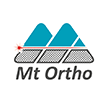BONE BLAST, THE TECHNOLOGICAL EVOLUTION THAT MAKES DEVICES OSTEOINDUCTIVE
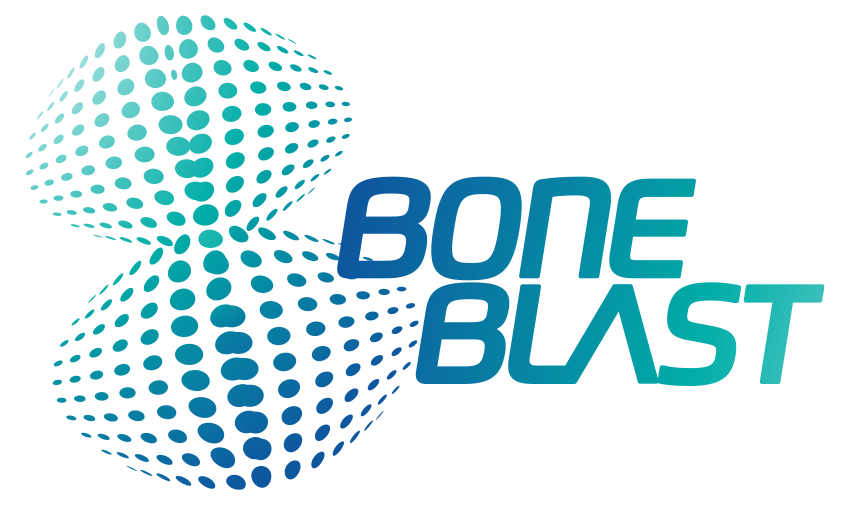
In vitro studies on the genic expression of human cells similar to osteoblasts have shown that the trabecular structure in question is effectively capable of stimulating the proliferation and differentiation of the osteoblasts. It has also been shown that this material (Ti6Al4V) is able to encourage the down-regulation of the numerous genes involved in inflammatory processes and to modulate the genes that govern the immune system.
Adult human adipose tissue-derived stem cells (hASCs) cultivated on a trabecular titanium scaffold were able to join together with the net, proliferate and differentiate in a phenotype similar to an osteoblast, with the subsequent production of a mineralized extracellular matrix. The quality and quantity of the extracellular matrix are of fundamental important in determining the effective osseointegration of a material and as a result, the resistance and survival of a prosthetic implant.
SCIENTIFIC EVIDENCE
At the University of Pavia in vitro tests were also carried out on a trabecular titanium scaffold to assess the osteoinductive properties of the material in contact with biological tissue. Mesenchymal stem cells were extracted from the fatty tissue and cultivated in a controlled environment on a scaffold with a porosity of 650 µm. At different time intervals, analyses were carried out using an electronic scanning microscope to assess the adhesion and proliferation of the cells cultivated.
The cavities of the porous trabecular structure are filled by cell regrowth.
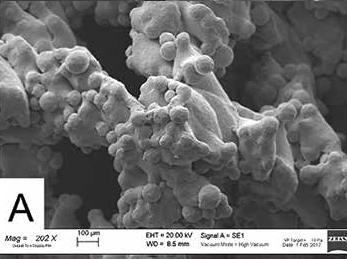
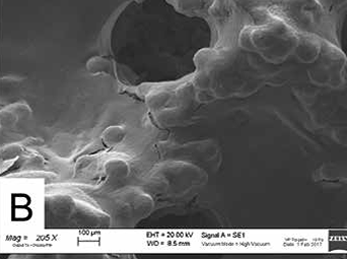
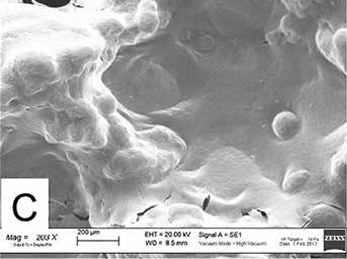
Scan using the electronic microscope of the empty cage (A) and the cage in which hASCs were sown and cultivated in a growth medium (B) and an osteogenic medium (C) for 21 days. Magnifications: A:202x. B:205x. C:202x

An in vitro study was carried out at IRCCS Galeazzi Orthopaedic Institute in Milan in which mesenchymal stem cells (MSC) were cultivated isolated from subcutaneous adipose tissue (adipose-MSC, ASC) on a trabecular titanium scaffold made using our EBM technology.
It was observed that in 21 days, the MSC colonized the entire scaffold and osteogenic markers were detected, such as ALP activity (early) and calcium deposition (late), showing its osteoinductive properties.
BIBLIOGRAPHY:
- Ragni E, Perucca Orfei C, Bidossi A, De Vecchi E, Francaviglia N, Romano A, Maestretti G, Tartara F, de Girolamo L. Superior Osteo-Inductive and Osteo-Conductive Properties of Trabecular Titanium vs. PEEK Scaffolds on Human Mesenchymal Stem Cells: A Proof of Concept for the Use of Fusion Cages. Int J Mol Sci. 2021 Feb 27;22(5):2379. doi: 10.3390/ijms22052379. PMID: 33673509; PMCID: PMC7956826.
- Caliogna, L., Bina, V., Botta, L. et al. Osteogenic potential of human adipose derived stem cells (hASCs) seeded on titanium trabecular spinal cages. Sci Rep 10, 18284 (2020).
